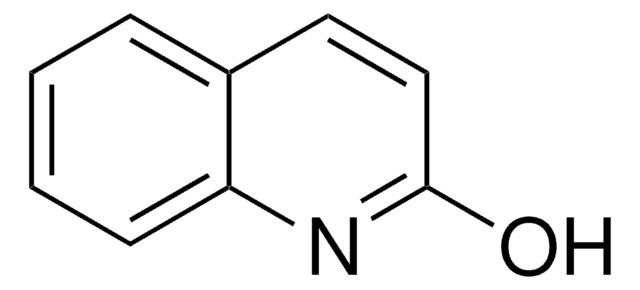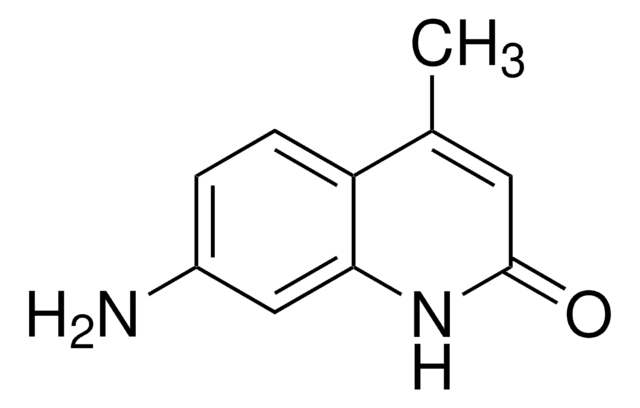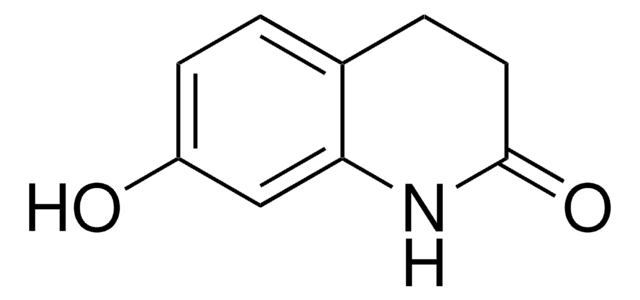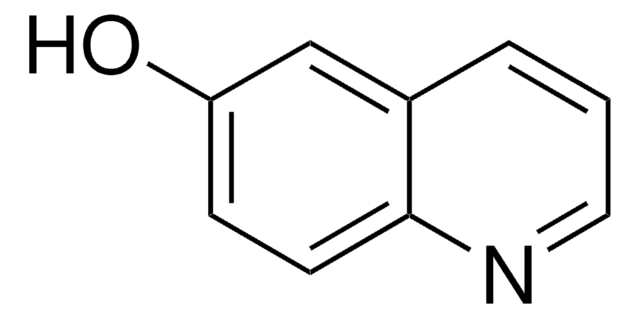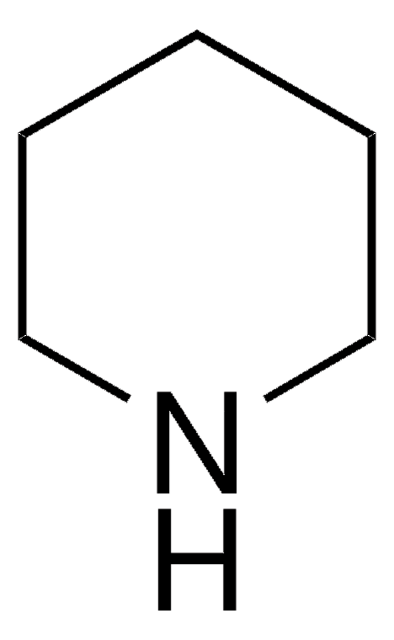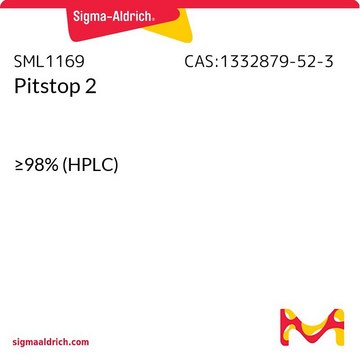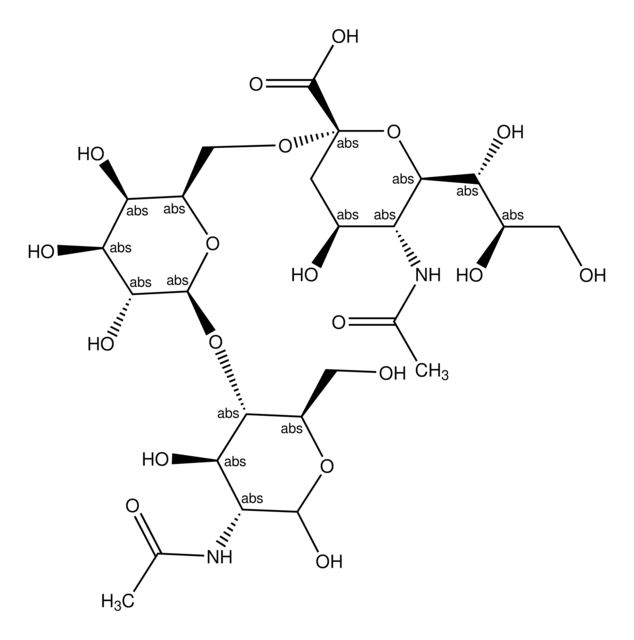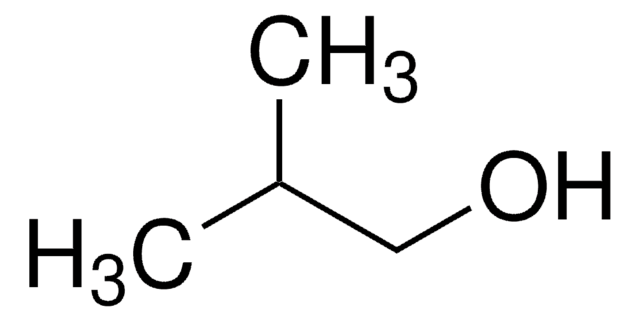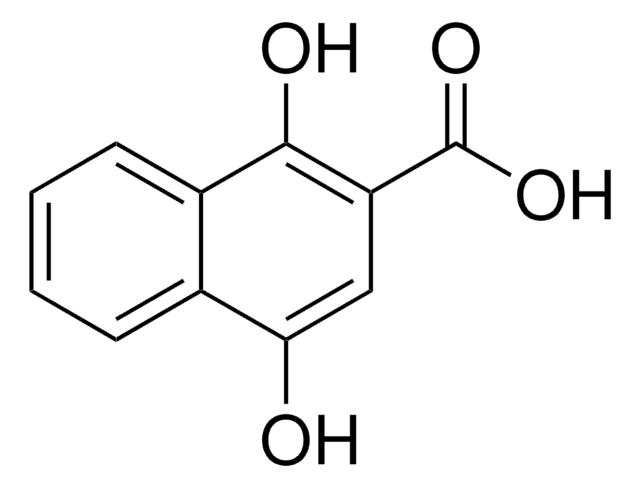55627
7-Hydroxy-4-methyl-2(1H)-quinolone
suitable for fluorescence, ≥97.0% (HPLC)
Synonym(s):
2,7-Dihydroxy-4-methylquinoline, 7-Hydroxy-4-methylcarbostyryl
About This Item
Recommended Products
Assay
≥97.0% (HPLC)
form
solid
pKa
7.8
mp
≥250 °C (lit.)
solubility
DMF: soluble
DMSO: soluble
alcohols: soluble
fluorescence
λex 321 nm; λem 357 nm (pH 5.0)
λex 351 nm; λem 428 nm in 0.1 M Tris pH 9.0
suitability
suitable for fluorescence
SMILES string
Cc1cc(O)nc2cc(O)ccc12
InChI
1S/C10H9NO2/c1-6-4-10(13)11-9-5-7(12)2-3-8(6)9/h2-5,12H,1H3,(H,11,13)
InChI key
MYEVEFULPUKTSZ-UHFFFAOYSA-N
Application
Signal Word
Warning
Hazard Statements
Precautionary Statements
Hazard Classifications
Eye Irrit. 2 - Skin Irrit. 2 - STOT SE 3
Storage Class Code
11 - Combustible Solids
WGK
WGK 3
Flash Point(F)
Not applicable
Flash Point(C)
Not applicable
Personal Protective Equipment
Regulatory Information
Choose from one of the most recent versions:
Already Own This Product?
Find documentation for the products that you have recently purchased in the Document Library.
Our team of scientists has experience in all areas of research including Life Science, Material Science, Chemical Synthesis, Chromatography, Analytical and many others.
Contact Technical Service